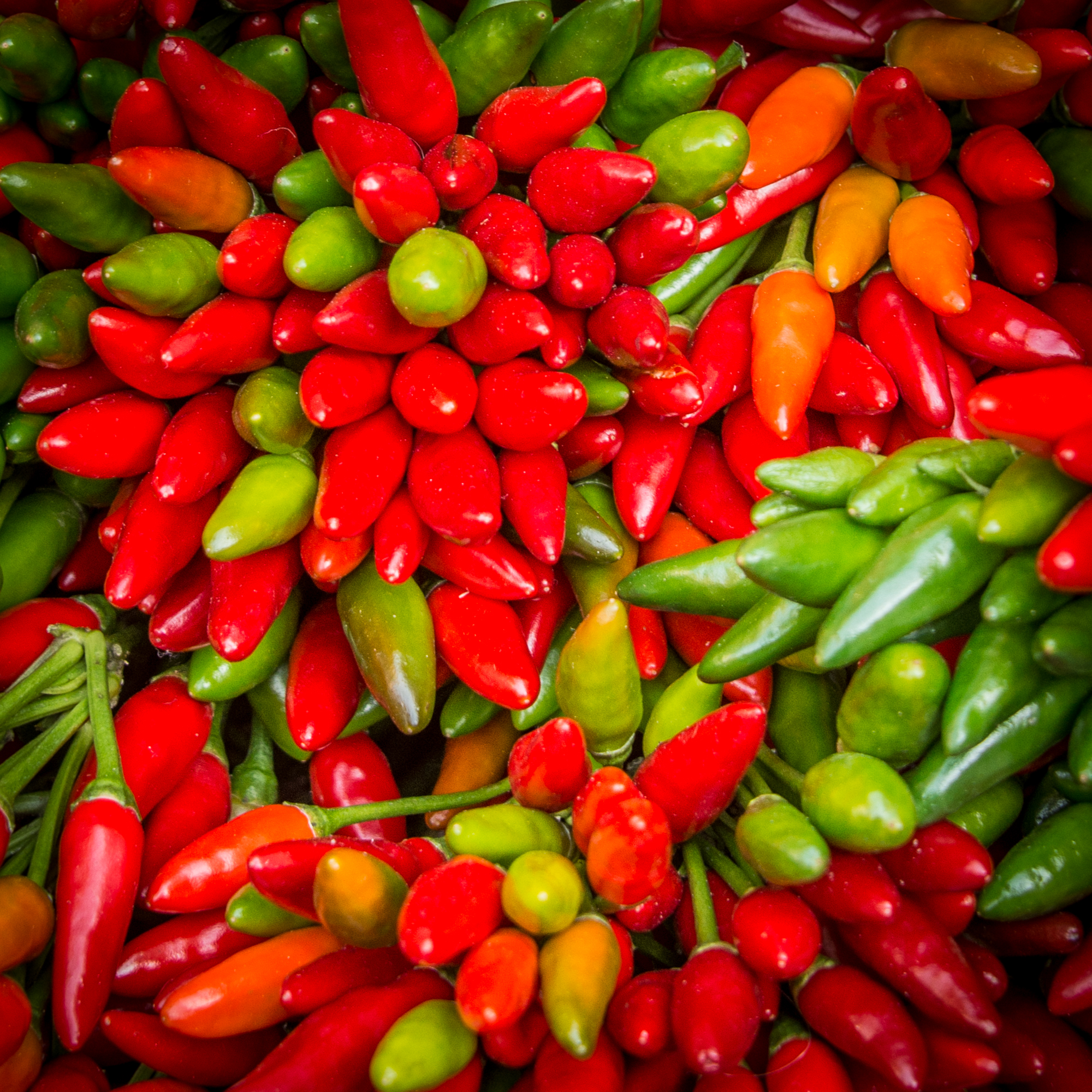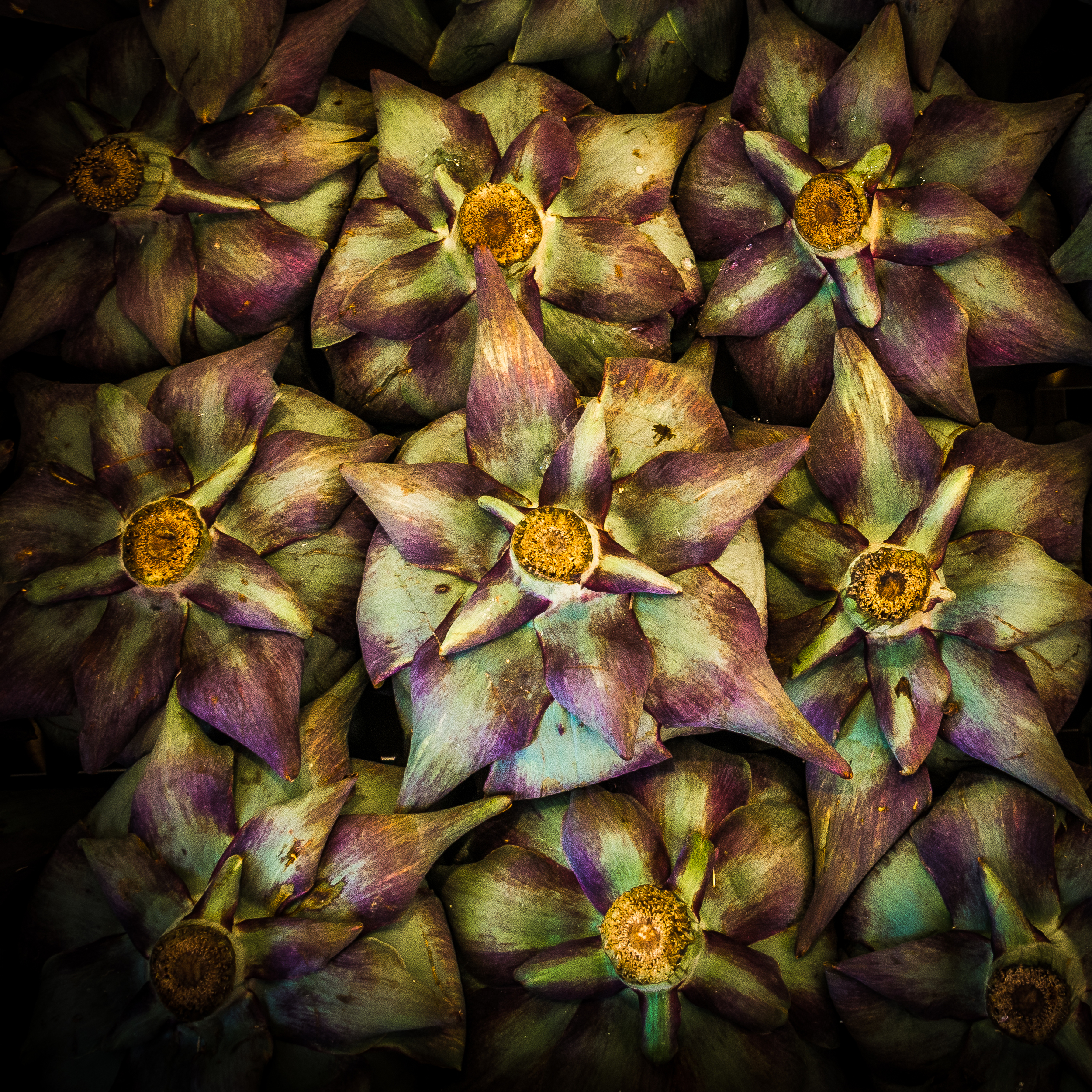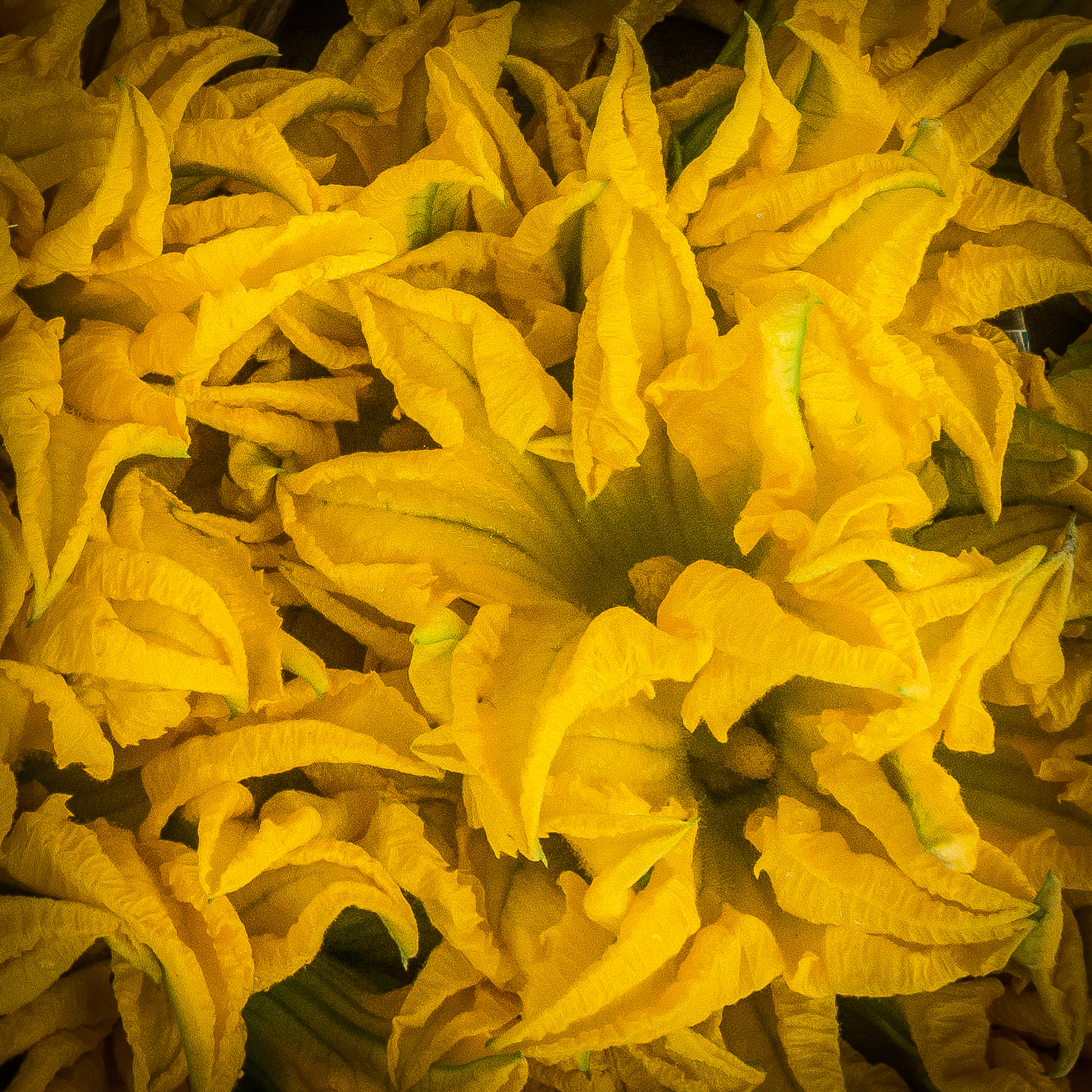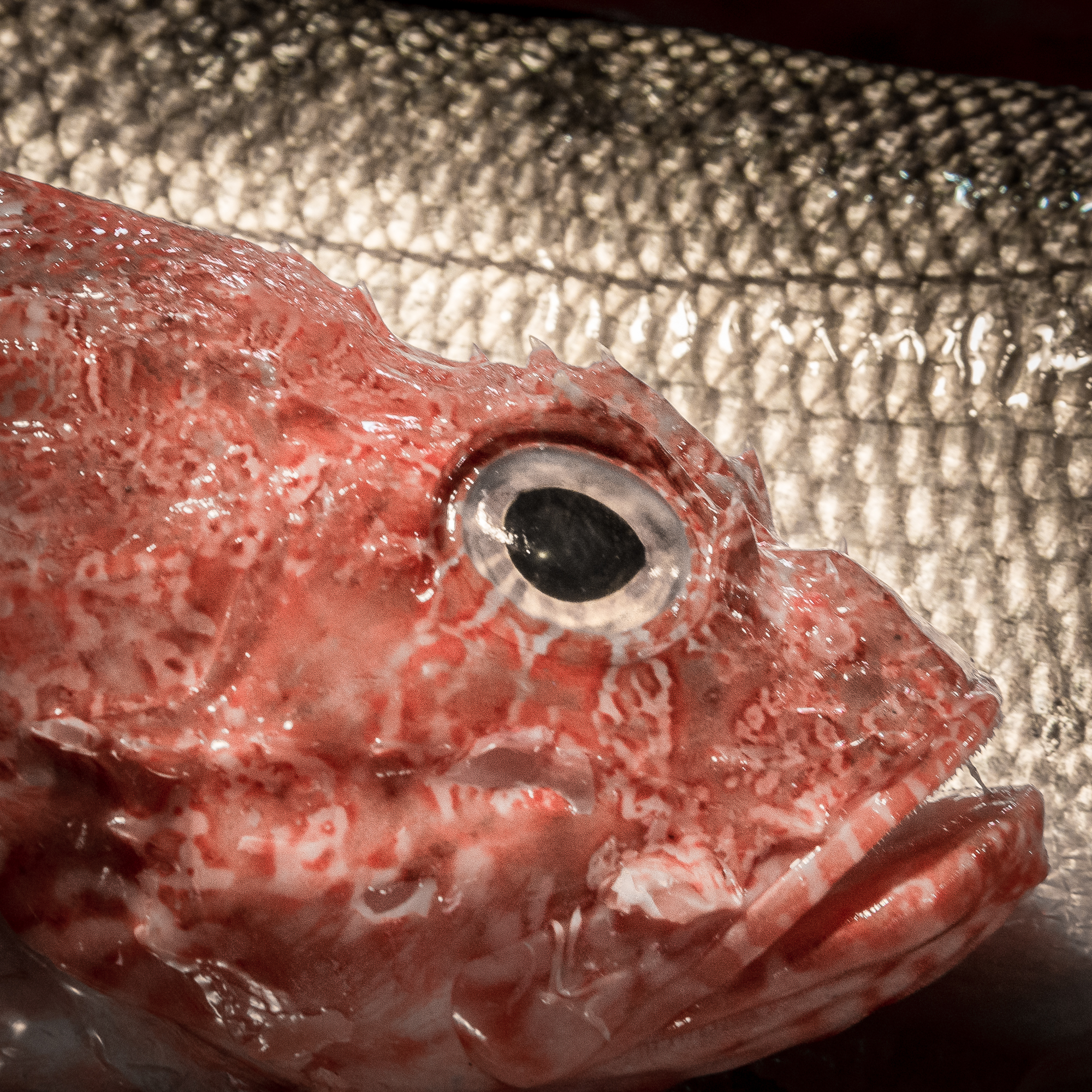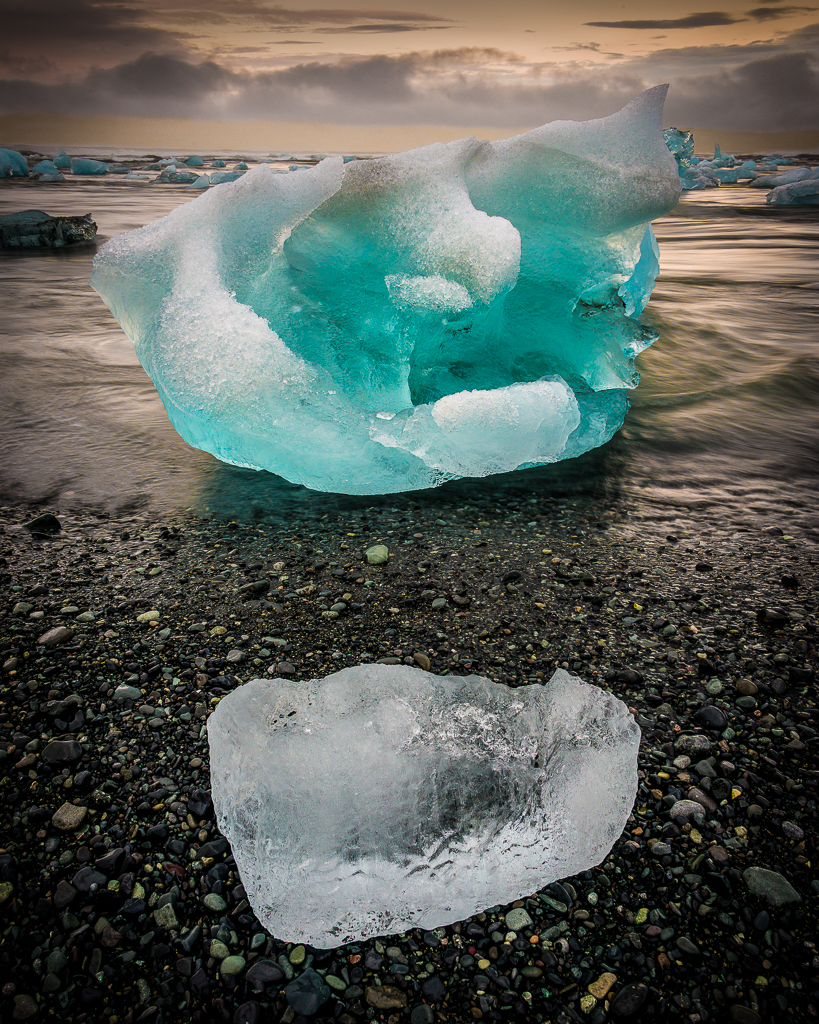One of the pleasures of Venice is the Rialto Market. Located near a ninety-degree bend of the Grand Canal, and just a bit northwest of the Rialto Bridge, the market offers both fresh produce in the erberia (vegetable market) and caught-the-night-before seafood in the pescheria (fish market).
All of these photos were taken at the Rialto Market.
[click on an image for a larger view]
One should plan to go around sunrise if you want to see the stevedores unload crates from barges which traveled up the Grand Canal in the early-morning hours. Or, if you want to sleep just a bit longer, plan to arrive around 8:00am to see the market in full swing. But, don’t bother to go in the afternoon or on Sundays or Mondays, as the market is closed.
Is this a working market? With over 100,000 visitors and locals in Venice on any particular day, this is the main source of food for the islands which make up Venice. If you show up early, you will see chefs from virtually all of the Venetian restaurants gathering items that you will find on their menus later in the day.
So, how is the Rialto Market different from the typical farmer's market in the U.S.? There are three main differences. For one thing, there is an abundance of seafood -- like fish, octopus, squid, crab, scallops and several mollusk types.
Second, the produce that is brought to your farmer's market most likely did not arrive by boat -- virtually everything arriving in Venice comes by boat.
The last difference is that your local farmer's market did not exist until the Rialto Market was about 800 years old. The Rialto Market has been serving Venice's food needs since 1097!
Produce of the Erberia
Talk about fresh produce! Just like our farmer’s markets, fruits and vegetables arrive daily fresh from the farms of Italy and surrounding countries. The photos you've been looking at are examples of this veritable cornucopia.
Seafood of the Pescheria
Though I really like the produce that’s in abundance at the market, the seafood is what I find the most interesting, as we just don't have access to such a fine market as the Rialto where I live. There are ‘creatures’ in this market that I’ve never seen in the U.S. seafood markets. Here are just some of the tasty denizens of the sea that you will find at the Rialto Market.
So that's the Rialto Market in Venice, Italy. If you have a chance to visit, I'm sure you will be as wowed with the seafood and produce as I have been. And by the way, all of the photos above can be found in the Food+Wine section of my website...just click on 'Print Store' below for easy access.
I'll close with one of my photos that was published in Black & White Magazine as part of a four-page spread on Venice a couple of years ago. This photo was taken during the daily cleaning-up-the-seafood-market event each afternoon. And yes, they still use stick brooms in Venice. The photo at right shows that sticks have been delivered, ready to be attached to broom handles. Amazing, isn't it?!
Thanks for visiting. Feel free to leave comments, below.
Ciao for now,
Steve


